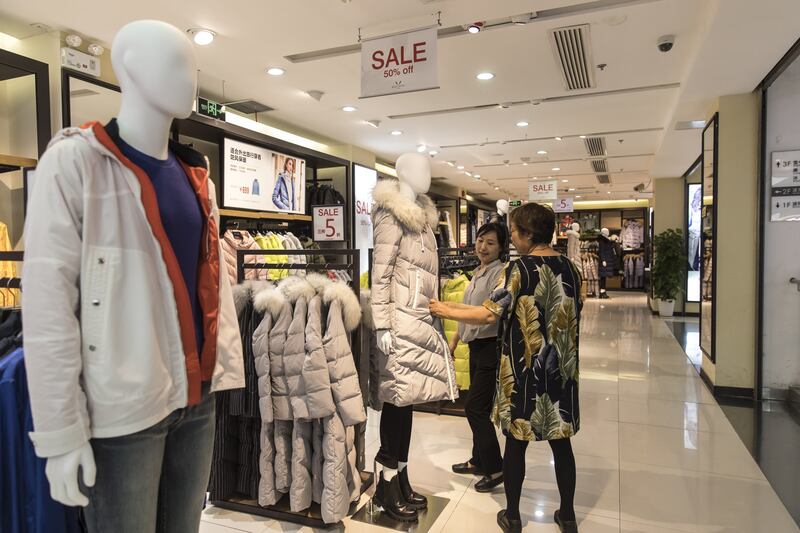Travelling this summer it is impossible to miss the emerging Chinese tourists, or rather busloads of them, at key locations all over the world.
As consumer spending by the working Chinese continues to run ahead of 6.7 per cent annual GDP growth, they are going to contribute to a third of global consumption growth up to 2030.
That is just one of the insightful predictions in the 2017 edition of The One Hour China Book by Jonathan Woetzel of the McKinsey Global Institute and Jeffrey Towson of Towson Capital. Both men are also professors at Peking University.
It is only three years since the first edition of this book. But change is so fast in China that it badly needed an update.
In that time some 20 million students graduated from Chinese universities, 30 million people moved to Chinese cities and overseas acquisitions from China exceeded US$400 billion. More than 360 million tourists travelled out of the country.
The authors say the internet chapter of their book particularly needed an update, especially with regard to the huge expansion of smartphones in China. Online retail's biggest trading day in China now outsells America's Cyber Monday by 5:1, at over $17bn.
However, the study continues to argue that six mega-trends drive most of Chinese business: urbanisation; manufacturing; consumers; brainpower; capital; and the internet. The authors reckon most business people spend too much time worrying about politics and regulations in China while business is what really rules.
I liked the quicktoread format of this book, although my Kindle gave it a typical read time of one hour and 54 minutes rather than an hour.
Still, that was time well spent. It is not easy to get reliable and unbiased information about doing business in China.
McKinsey notes that while 300 million have moved to cities over the past 30 years, 350 million have yet to do so. It will be the equivalent of urbanising the entire population of Japan every eight years. That is turbocharging urban growth, the number of Chinese city dwellers is still only 55 per cent of the population, compared with 70 to 80 per cent in the US, Japan and Europe.
This puts in place sustainable demand for an expansion of urban infrastructure from apartments to electricity facilities to buses, trains and metros. Basically it is all about construction and real estate, as this book points out.
It is what has also happened in the UAE in the past few decades but on a much larger scale, more than a hundredfold bigger. Urbanisation also means a huge increase in per capita wealth. The UAE has its rags-to-immense-riches stories, China has many more and this book documents many.
Then there is the manufacturing phenomenon. What is not made in China these days? And on a huge scale? It is what the veteran investor Warren Buffett calls the “survival of the fattest”.
A few more data points: China produces 90 per cent of personal computers; 70 per cent of mobile phones, including every iPhone; and 63 per cent of the world's shoes. Manufacturing employs 130 million people with average salaries of $2.10 an hour, a fraction of the US equivalent of $35.
But manufacturing in China is shifting to the west of the country because salaries are rising in the east.
Who can compete? Well there are still opportunities. Healthcare spending in China is predicted to double in the next eight years by McKinsey and foreign technology, such as MRI scanning and ultrasound, is ahead in this sector.
Traditional alternative Chinese medicines are for the local poor or foolish westerners.
I found the analysis of the Chinese domestic market excellent. It is not just a question of numbers but the changing quality of the consumer and rise of the middle classes. That is where all those tourists are coming from.
Anybody working for a multinational in the UAE would benefit from knowing more about these trends and how the Chinese consumer is rapidly changing from a money-conscious cheapskate to a person with an eye for quality.
For example, there is a near exponential increase in meat consumption in China while demand for rice is much flatter. All the same, Chinese agriculture is often rather backward – although this is changing.
This book is also a useful primer for understanding the sheer amount of wealth and money that modern China represents.
Bank deposits total more than $19 trillion, more than the annual GDP of the US.
The flow of this wealth into the international system is now a growing force driving global financial markets and takeovers and acquisitions.
However, rocketing debt levels and a dubious shadow-banking system are causes for concern about future stability.
Still there is enormous investment in quality education, and new technologies such as solar power.
One final message I got from this book is that even if you think the Chinese dragon is overdue for a recession then you would have to concede that so much has been achieved that this would only be a setback.
The cleverer approach is to mug-up on China as business force of the future.
That said, this book is perhaps a little too glowing in its praise and could do with a more critical approach.
Japan was going to take over the world until its crash of 1990.
_______________
Read more:
[ China exports and imports data cloud global outlook ]
_______________






